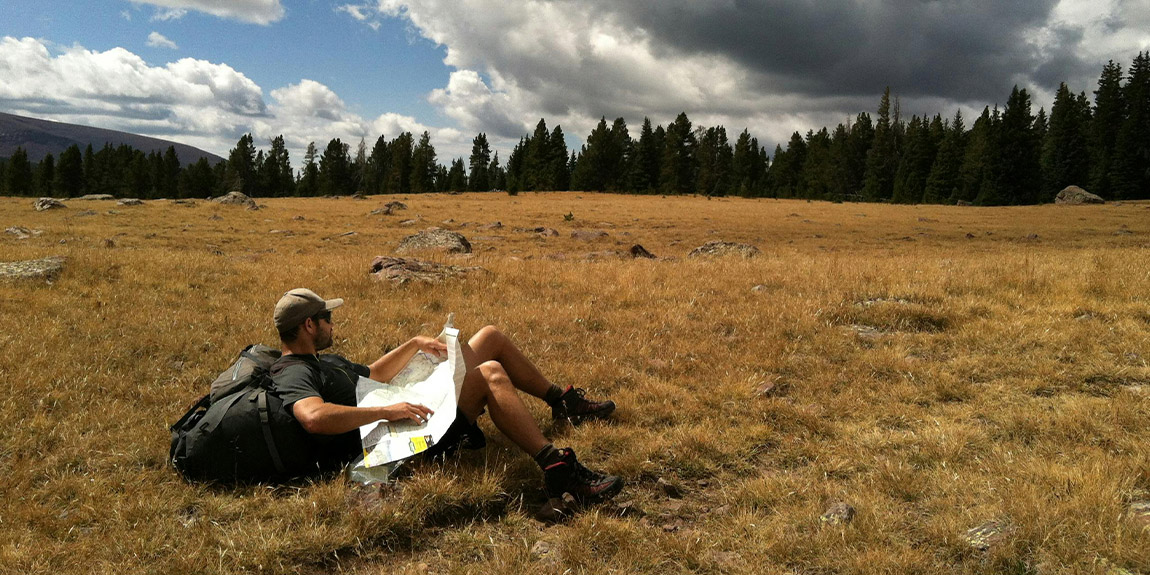
Trekking poles have become an increasingly popular addition to a backpacker’s gear, offering a range of benefits that enhance comfort, stability, and reduce strain on the body. One of the primary advantages is improved balance and stability, especially when navigating uneven terrain, crossing streams, or traversing steep ascents and descents. The poles provide additional points of contact with the ground, significantly reducing the risk of falls.
Beyond stability, trekking poles can significantly decrease the impact on your knees and other joints. By distributing some of the weight from your lower body to your arms and shoulders, they absorb shock, which is particularly beneficial on long downhill sections. This can lead to less fatigue and soreness at the end of a long day of hiking.
Furthermore, poles can aid in maintaining a consistent rhythm and pace, acting as a natural extension of your stride. They can also assist with uphill climbs by providing leverage and helping to propel you forward. In certain situations, they can even be used to test the depth of puddles or streams, or to push away overgrown vegetation, adding to their versatility in the backcountry.
- Enhanced Balance and Stability Provides extra points of contact for sure footing on varied terrain.
- Reduced Joint Impact Distributes weight, lessening strain on knees and other joints.
- Improved Uphill Propulsion Offers leverage to assist with climbing steep inclines.
- Consistent Rhythm and Pace Helps maintain a steady walking rhythm for efficiency.
- Versatile Trail Aid Can be used for testing water depth or clearing obstacles.
For More Information Please Visit: REI.com | TheHikingLife.com









